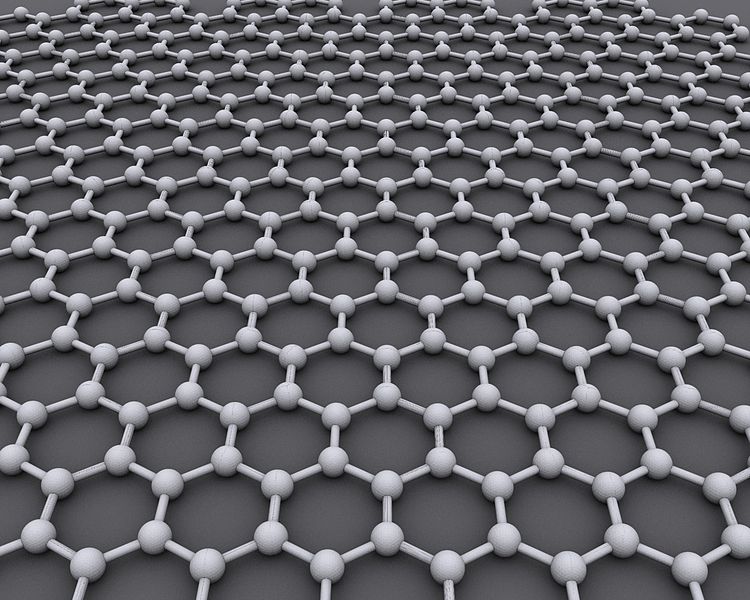Graphene-based chips a step closer
February 20, 2012
Researchers at Northwestern University have developed a new method for chemically altering graphene, a development that could be a step toward the creation of faster, thinner, flexible electronics.
Graphene is a one-atom-thick, honeycomb-shaped lattice of carbon atoms with exceptional strength and conductivity. Many experts believe it could rival silicon, transforming integrated circuits and leading to ultra-fast computers, cellphones and related portable electronic devices.
But first, researchers must learn how to tune the electronic properties of graphene — not an easy feat, given a major challenge intrinsic to the material. Unlike semiconductors such as silicon, pure graphene is a zero band-gap material, making it difficult to electrically “turn off” the flow of current through it. So pristine graphene is not appropriate for the digital circuitry that comprises the vast majority of integrated circuits.
Researchers at Northwestern’s McCormick School of Engineering and Applied Science have recently developed a new method to solve that by oxidizing graphene, but without the collateral damage encountered in previous methods. Their oxidation process is also reversible, which enables further tunability over the resulting properties of their chemically modified graphene.
“In our method, however, the resulting graphene oxide is chemically homogeneous and reversible — leading to well-controlled properties that can likely be exploited in high-performance applications,” said Mark C. Hersam, professor of materials science and engineering at the McCormick School.
To create the graphene oxide, researchers leaked oxygen gas (O2) into an ultra-high vacuum chamber. Inside, a hot tungsten filament was heated to 1500 degrees Celsius, causing the oxygen molecules to dissociate into atomic oxygen. The highly reactive oxygen atoms then uniformly inserted into the graphene lattice.
The resulting material possesses a high degree of chemical homogeneity. Spectroscopic measurements show that the electronic properties of the graphene vary as a function of oxygen coverage, suggesting that this approach can tune the properties of graphene-based devices.
Next, researchers will explore other means of chemically modifying graphene to develop a wider variety of materials, much like scientists did for plastics in the last century.
Ref.: Md. Zakir Hossain et al., Chemically Homogeneous and Thermally Reversible Oxidation of Epitaxial Graphene, Nature Chemistry, 2012 [doi: 10.1038/nchem.1269]
